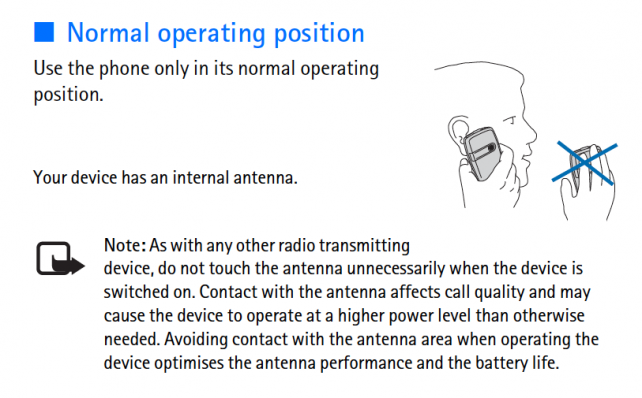iPhone 4 Antenna Issue Roundup: Apple, Steve, Antenna Expert All Comment
by Joe White
June 25, 2010
Steve Jobs has commented on the iPhone 4 antenna issue, a problem that may be affecting a large number of the recently released smartphones.
Apple's CEO took part in an email exchange with a disgruntled iPhone user, the conversation later appeared on the user's blog. Here's how it began:
"Hi Steve, So, um, just got my iPhone 4. Its lovely and all, but this 'bridge the two antennae to kill your reception' thing seems to be a bit serious. If I bridge them with my hand or with a piece of metal the bars slowly drop to 'Searching...' and then 'No Service'. Its kind of a worry. Is it possible this is a design flaw? Regards - Rory Sinclair"To which Steve replied:
"Nope. Just don't hold it that way."Not a design flaw Steve? Okay. Another email was sent:
"Actually, it's not calls that concern me, but i've just been writing a text and its very natural for me as a right-handed person to hold it that way, with the part of my hand at the base of my thumb covering the point the antennae meet, and it kills the reception each time. I mean, pretty much as soon as i move my hand it comes back, but its pretty crazy... is this the reason Bumpers exist? - Rory"Ready for another Steve Jobs one-liner? Here it is:
"Just don't hold it that way then."Interesting. Seems like Steve's embracing this design flaw/feature as being something acceptable, something manageable, something normal. The emails continued:
"Well, yeah, thats what i'll do, but you have to admit thats a workaround, yeah? I mean, normally there aren't limits to how you can hold a phone. I seriously dig the phone, its totally amazing, but I think this is what many would call a design flaw. - Rory"Steve Jobs, the man who can't be moved, put an end to the conversation by legitimizing his previous claims - explaining that the iPhone 4's antenna issue isn't something extraordinary.
"Sure there are - every phone has these areas of sensitivity, depending on the location of the antenna. Some phones even ship with labels warning customers to not cover certain areas with their hands."Before you start pulling out clumps of your own hair, and making blood oaths never to buy another Apple product again, check out the image below. Steve's right. Even though this picture came from the instruction manual for a Nokia 6230i, it does prove that other phones have suffered from a similar antenna issue. If Apple knew there was an issue, or there could be an issue, shouldn't they have done something to eliminate it? You can check out a screenshot of the email conversation below, which was posted on Engadget: Additionally, Apple also released an official statement addressing the issue:
"Gripping any phone will result in some attenuation of its antenna performance with certain places being worse than others depending on the placement of the antennas. This is a fact of life for every wireless phone. If you ever experience this on your iPhone 4, avoid gripping it in the lower left corner in a way that covers both sides of the black strip in the metal band, or simply use one of many available cases."So what sort of conclusion does this bring us to? Apparently, the problem is hard to reproduce, with some stating that it only occurs if both bars are covered (which often does not result from a natural phone-holding position). Steve's advice? Hold your iPhone like this: If you're looking for a more expert opinion, Spencer Webb of AntennaSys, a company that designs custom RF solutions, has made a few statements that have also appeared on Engadget. Spencer has worked on making quad-band transceivers for AT&T, so he knows a thing or two. After explaining that most modern mobile phones house their antennae at the bottom of the phone, Spencer stated,
"The iPhone 4, however, moved the antenna action from the back of the phone to the sides. This probably improves the isotropy of the radiation pattern, but only when the phone is suspended magically in air."So, even though the iPhone's antennae could test very well, in reality they don't always. But, as Spencer himself put it: "sometimes an antenna is not great, but good enough, is good enough." Let us know what you think in the comments box below. If you've got an iPhone 4 with antenna issues, we want to hear about it. We also want to hear your thoughts on the above email conversation and statement. Should Steve be more apologetic, or do you agree with what he says? Why is it that this "fact of life" issue seems to be so much more noticeable on the iPhone 4? Whatever your opinion is, let us know!





